Software development trends are rewriting the rules of innovation, driving smarter, faster, and more connected digital experiences worldwide.
In this article, we’ll explore the top 10 software development trends to watch in 2025 and 2026. You’ll learn how each trend can transform web and mobile app development future, streamline workflows, and give businesses a competitive edge.
Our discussion will include actionable insights and examples — for instance, Implevista’s own Cloud Engineering and Mobility services are designed to help companies modernize with these trends.
-
AI and Machine Learning Integration
Artificial intelligence (AI) and machine learning (ML) are fundamentally reshaping software development trends. In 2025, nearly all development teams use AI tools. In fact, a 2025 survey found 97.5% of software companies now integrate AI into their development workflows, up from 90.9% the previous year. AI assistants like GitHub Copilot and ChatGPT can autocomplete code, suggest snippets, and even generate entire functions from natural-language prompts. This means developers can be up to 10 times more productive by offloading routine coding tasks to AI. For example, Implevista’s development teams use AI-driven code generation and review tools to reduce errors and speed up projects.
AI also improves testing and QA. Automated ML models can create and run thousands of test cases much faster than humans, catching defects earlier. On the operations side, “AI-driven DevOps” tools predict infrastructure needs and optimize CI/CD pipelines. A Techreviewer 2025 survey notes that 56% of firms already use AI for automated testing and debugging. Likewise, 48% apply AI to optimize UI/UX and overall performance. These AI capabilities cut development cycles and improve software quality. As AI’s role grows, best practices around AI ethics and governance are also emerging – companies are shifting from experimentation to accountability by formalizing data privacy and transparency.
In short, AI integration is no longer a fringe part of software development trends but a core expectation. Developers now routinely rely on AI for tasks from design to deployment. As one survey expert observed, the industry conversation has moved from “whether to adopt AI” to “how to govern it responsibly”. For businesses in Bangladesh and globally, leveraging AI in software projects will be a top driver of efficiency and innovation.
AI in the Software Lifecycle
AI tools touch nearly every phase of development. For example:
- Planning & Requirements: AI analyzes user data and feedback to predict feature needs. NLP tools can parse feature requests and draft specs.
- Coding & Development: Generative AI assists with boilerplate code. Developers using Copilot-style tools can produce working code faster without sacrificing quality.
- Testing & QA: Automated test generation and bug detection dramatically shorten QA cycles.
- Deployment & DevOps: AI optimizes cloud resource usage (e.g. Kubernetes auto-tuning) and scales services before peak loads.
In Bangladesh, fintech startups like bKash and Shohoz are using AI-powered analytics for fraud detection and user personalization. Implevista applies AI in custom software projects, leveraging its solutions to optimize workflows and reduce human error.
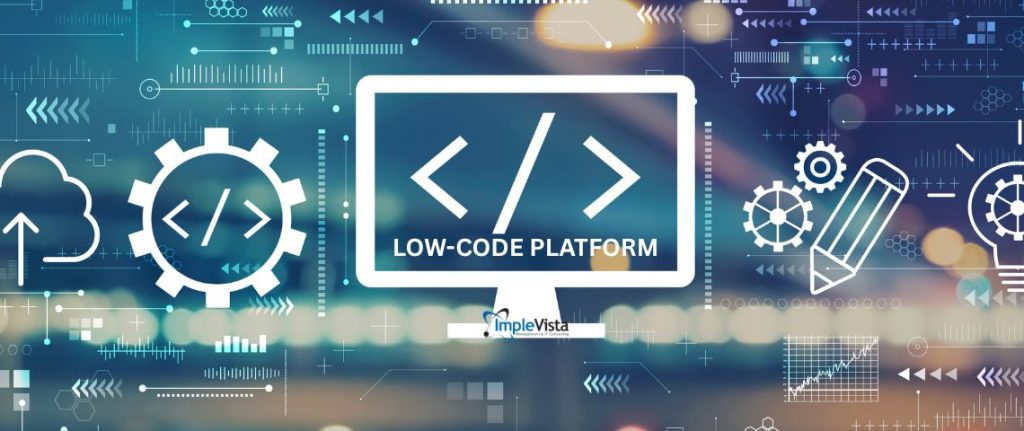
-
Low-Code and No-Code Platforms
Another game-changing trend is the rise of low-code and no-code platforms. These tools let developers (or even non-developers) build apps via visual interfaces and pre-built modules, dramatically speeding up development. Gartner predicts 70% of new applications will be built on low-code/no-code tools by 2025. In practical terms, this means businesses can rapidly prototype and deploy custom solutions without writing every line of code. For example, a mobile app built on a low-code platform can be automatically generated for both iOS and Android with minimal extra work.
Key benefits of this shift in software development trends include:
- Faster Time-to-Market: Reports indicate low-code projects cut development time by 50–70% compared to traditional coding. A Gartner analysis confirms many companies see huge ROI — one study found 100% of enterprises using low-code reported a positive return.
- Broader Participation: With drag-and-drop interfaces, “citizen developers” (like business analysts) can contribute. Gartner estimates 80% of low-code users will be non-IT by 2026 — another sign of evolving software development trends that empower non-technical contributors.
- Agility: Rapid visual prototyping makes it easier to iterate on design and features. Implevista has experimented with low-code tools (like Microsoft Power Apps) to quickly deliver internal dashboards and simple apps, aligning with global software development trends focused on speed and flexibility.
Bangladeshi startups like ShopUp leverage low-code tools for rapid prototyping of internal operations software. Implevista’s expertise in platforms like Microsoft Power Apps demonstrates how businesses can integrate low-code development with robust enterprise workflows — a reflection of how modern software development trends are shaping innovation across markets.
-
Cloud Native Application Development and Multi-Cloud Strategies
Designing applications specifically for the cloud is now standard. Cloud native approaches use microservices, containers, and serverless computing for scalability, reliability, and faster updates.
Highlights:
- Microservices: Independent services allow modular updates.
- Containers & Kubernetes: Simplify deployment and orchestration.
- Serverless & FaaS: Minimize infrastructure management.
- Multi-cloud strategies: Reduce risk and improve flexibility.
In Bangladesh, startups like Pathao scale quickly by adopting cloud native application development. Implevista’s Cloud Engineering helps companies migrate, containerize, and orchestrate their applications efficiently.
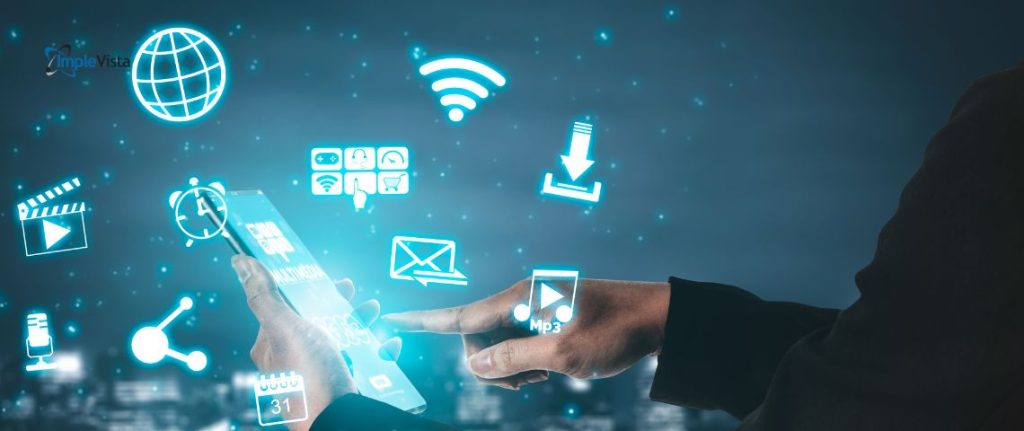
Web and mobile experiences are merging. PWAs behave like native apps — they work offline, send push notifications, and can be installed without app stores. Cross-platform frameworks like React Native or Flutter let developers maintain one codebase for multiple platforms.
Benefits:
- Mobile-first, responsive designs.
- Offline functionality for users with limited connectivity.
- Consistent experience across web and mobile.
Startups like Foodpanda Bangladesh use PWAs for fast, accessible ordering. Implevista’s Mobility services ensure cross-platform apps are scalable, reliable, and maintain high UX standards.
-
DevSecOps and Cybersecurity Integration
Security is now a core component of software development. DevSecOps integrates security into DevOps workflows, automating vulnerability detection and enforcing compliance throughout development.
Key points:
- Shift-left security: testing early in the development cycle.
- Zero Trust principles: strict authentication and authorization.
- Secure coding and compliance automation.
Bangladeshi fintech and healthcare startups adopt DevSecOps to protect sensitive data. Implevista embeds security best practices in every project, from cloud-based apps to custom ERP solutions.
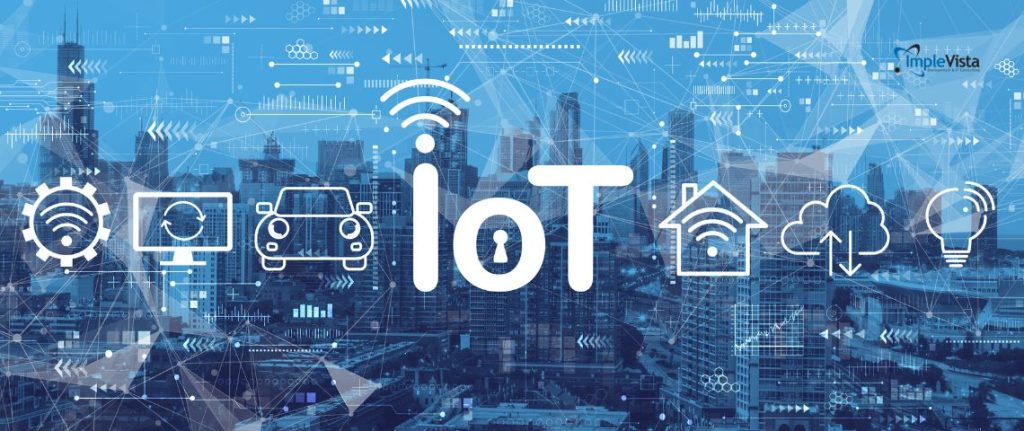
The growth of IoT devices is driving new demands in software development trends. Everything from smart home appliances to industrial sensors is generating data. Software development now extends to edge computing, where processing happens closer to where data is generated. This reduces latency and bandwidth usage, which is critical for real-time applications, reflecting key shifts in modern software development trends.
Consider these trends:
- Edge-Native Apps: Developers are building apps that can run on edge devices or on edge servers (like AWS Greengrass or Azure IoT Edge). For example, a factory floor may run analytics on a local mini-server, reducing dependence on the cloud, in line with evolving software development trends.
- Distributed Architectures: IoT apps often rely on message brokers (like MQTT) and stream processing. Microservices are designed to run either in the cloud or on edge nodes, demonstrating how software development trends prioritize flexibility and scalability.
- IoT Security: As devices proliferate, secure firmware and update pipelines are crucial. Development teams now build over-the-air (OTA) update capabilities to patch devices remotely, an emerging focus in current software development trends.
- Data Analytics on Edge: With limited connectivity, some analytics must run on-device. Developers are integrating lightweight ML models into edge software (e.g., anomaly detection on industrial sensors), which aligns with next-generation software development trends emphasizing efficiency and real-time intelligence.
In Bangladesh, IoT is a rising trend in agriculture (smart farming), manufacturing, and smart cities. Implevista’s IoT Solutions service helps businesses develop connected products — from sensor integration to dashboards. For example, we’ve built IoT-enabled monitoring systems for factories that collect data on equipment status in real time. These systems rely on software developed using edge/cloud hybrids: data is pre-processed on-site and aggregated in the cloud for analysis, reflecting global software development trends in hybrid architectures.
As 5G networks expand in 2025-26, edge computing will become even more prevalent. The software development future includes building apps that seamlessly work across cloud and edge — a significant and ongoing trend in software development trends worldwide.
Immersive technologies like AR and VR are no longer experimental — they’re trending in software development. For example, with the rise of the “metaverse” concept, companies are exploring virtual collaboration spaces and mixed-reality apps.
Trends here include:
- AR/VR for Training & Collaboration: Businesses use VR simulations for employee training (e.g., safety drills) and AR overlays for remote collaboration. Software developers need skills in Unity or WebXR to build these experiences.
- WebXR and 3D Apps: New web technologies allow 3D and VR content directly in browsers. Progressive enhancement and WebGL enable rich experiences without standalone apps.
- Spatial Computing: Devices like VR headsets and AR glasses will push developers to create spatial UIs. Apple’s visionOS (for Vision Pro) and similar platforms open new markets.
- Gaming and Entertainment: The gaming industry continues to drive AR/VR innovation. Techniques like real-time 3D rendering, physics engines, and multiplayer networking are highly relevant.
- Integration with IoT and AI: Imagine AR apps that overlay data from IoT sensors onto the real world (e.g. highlighting maintenance needs on a machine). Developers are starting to integrate AI (for object recognition) with AR interfaces.
In Bangladesh, real estate and e-learning startups are exploring AR/VR for virtual tours and immersive lessons. Implevista supports custom AR/VR development for interactive user experiences.
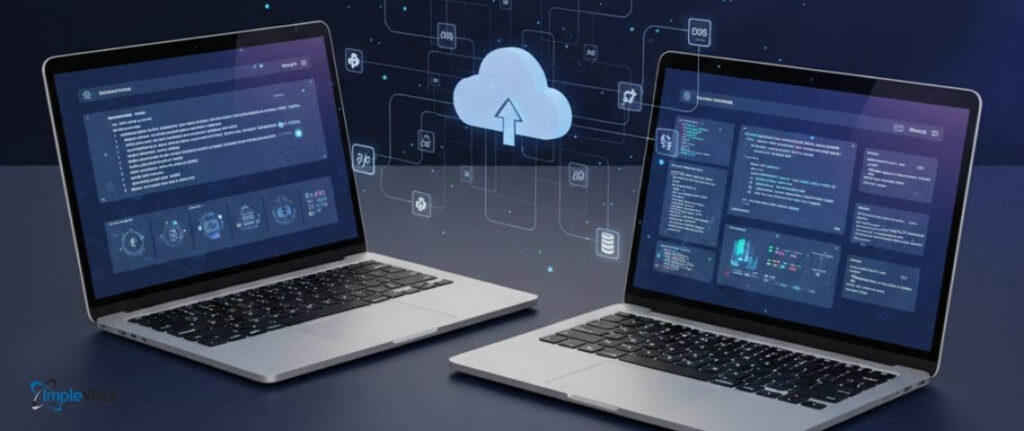
-
Microservices, APIs, and Containerization
Building on cloud native trends, microservices architecture remains crucial. Rather than one monolithic codebase, applications are split into independent services communicating via APIs. This modular approach allows continuous delivery: one team can update a service without redeploying the whole app.
Key points:
- Containers & Kubernetes: Each microservice often runs in its own container. Kubernetes orchestration is now a de facto standard for managing these containers in production. Developers must write container-friendly code (stateless, scalable).
- API-First Development: APIs are the glue. Developers design clear RESTful or GraphQL APIs and often document them with tools like Swagger. API management (authentication, rate limiting) is built into many dev stacks.
- Serverless Microservices: Some architectures use FaaS (serverless functions) as microservices, for example using AWS Lambda for small tasks triggered by events.
- Polyglot Services: Different microservices can be written in different languages or frameworks, chosen for the task. Implevista’s Development Teams often include specialists in Java, .NET, Node.js, etc.
Implevista applies microservices architecture in enterprise software and SaaS projects, ensuring modular, maintainable systems that evolve with business needs.
-
Blockchain and Decentralized Applications
Blockchain isn’t just hype — it enables secure, transparent, and decentralized systems.
Use cases:
- Enterprise supply chain tracking.
- DeFi platforms and smart contracts.
- Digital asset management (NFTs) and identity systems.
Bangladeshi startups exploring blockchain include fintech platforms testing secure payment networks. Implevista has prototyped blockchain-integrated solutions, demonstrating how secure, decentralized features can be incorporated into web and mobile apps.
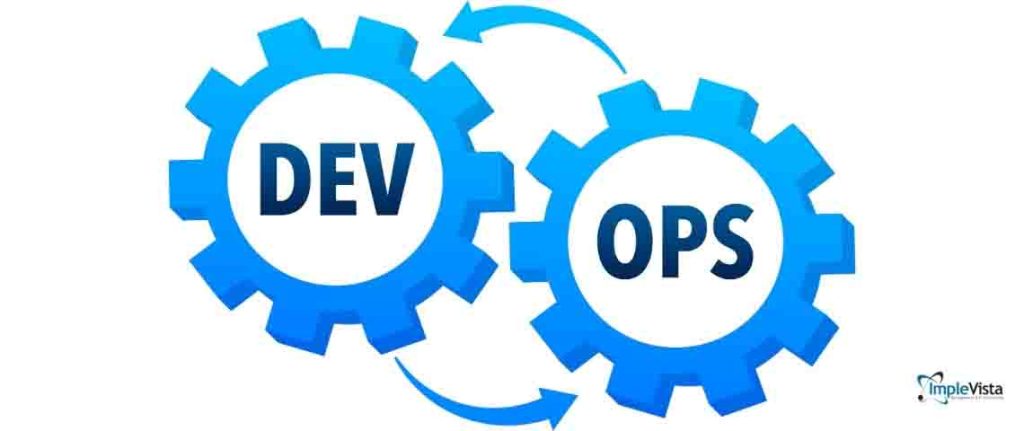
-
Remote-First, Agile, and DevOps Culture
The way teams work is a trend itself. Remote-first, agile practices, and DevOps culture streamline delivery and enhance collaboration.
Key highlights:
- Distributed teams with cloud IDEs and CI/CD pipelines.
- Outcome-driven metrics and continuous feedback loops.
- Upskilling developers in full-stack, cloud, and soft skills.
Bangladeshi software companies are embracing remote teams to tap global talent. Implevista’s internal workflows combine agile methodology with remote collaboration tools to deliver projects efficiently and maintain high standards.
Future Outlook
Looking ahead to 2026 and beyond, these trends will continue evolving. For example, we expect Web 4.0 concepts (semantic web, ubiquitous AI) to influence development. Quantum computing, though still nascent, may start affecting cryptography and complex computing tasks in specialized fields. Also, human-centered design and accessibility will remain priorities — software must be secure and inclusive.
Overall, the next two years in software development will be defined by AI-enhanced productivity, cloud native agility, and smarter tools for teams of all sizes. Companies that adapt their strategies and invest in up-to-date skills will thrive.
The future of software development is being shaped by AI, cloud-native design, and low-code innovation. Implevista helps businesses stay ahead with tailored solutions — from cloud engineering and mobility to secure custom software. Whether you’re building your first product or modernizing enterprise systems, our team guides you toward smarter, future-ready development.
Contact us today or explore our services to see how Implevista can accelerate your digital journey.
Q1: What are the top software development trends to watch in 2025 and 2026?
A: The leading trends include AI and machine learning integration, cloud native development, low-code/no-code platforms, progressive web apps (PWAs), robust DevSecOps security practices, IoT/edge computing, AR/VR applications, microservices architecture, and data-driven analytics. These trends are shaping the web and mobile app development future enabling faster delivery, scalability, and smarter features.
Q2: What is cloud native application development?
A: Cloud native development means building applications specifically for cloud environments using microservices, containers, and automated DevOps pipelines. Cloud native apps run across scalable infrastructure (often multi-cloud) and leverage services like Kubernetes and serverless functions. This approach contrasts with simply “lifting and shifting” old software to the cloud. It allows software to auto-scale, recover from failures, and integrate cloud services easily.
Q3: How do low-code and no-code platforms work?
A: Low-code/no-code platforms use visual tools (drag-and-drop interfaces, pre-built modules) to design applications with minimal hand-coding. No-code tools target non-technical users by providing ready-made components. Low-code platforms still require some coding but accelerate development by generating boilerplate code automatically. These platforms often include built-in integrations (e.g., CRM, databases) and can publish apps to iOS/Android without rewriting code for each. They are especially useful for fast prototyping and automating simple apps.
Q4: How will AI affect the future of software development?
A: AI is transforming development by automating routine tasks. For example, AI coding assistants (like Copilot) can write code snippets, generate tests, and suggest improvements, which boosts developer productivity. AI-driven analytics also help in planning and predicting project needs. Over time, we’ll see more AI-native development platforms where machine learning is embedded in all stages (design, coding, testing, deployment). However, teams must also address AI governance, ethics, and data privacy as part of their processes.
Q5: Why are Progressive Web Apps (PWAs) important for the web and mobile app development future?
A: PWAs combine the best of web and mobile apps. They are website-based apps that feel like native apps: they work offline, load quickly, and can send push notifications. For users, PWAs are easy to access (no app store needed) and are optimized for mobile devices. As a trend, PWAs let businesses reach customers quickly with a single app solution. With fast 5G and a focus on mobile-first design, PWAs ensure your web presence is future-proof and user-friendly.
Q6: What is DevSecOps and why is it important?
A: DevSecOps is the integration of security practices into DevOps workflows. In DevSecOps, security checks (like code scanning, penetration testing, and compliance checks) are automated throughout development and deployment. It’s important because it prevents vulnerabilities from being introduced late in the project. By shifting left (testing early) and embedding Zero Trust principles, teams build more secure software by default. With cyber threats growing, this trend ensures that security is a core part of software development trends rather than an afterthought.
Q7: How will 5G and edge computing affect software development?
A: 5G networks provide much faster and lower-latency connectivity, which unlocks new possibilities for mobile and IoT apps (e.g., real-time AR experiences or cloud gaming). Edge computing complements 5G by processing data near the source (e.g., on local servers or devices) instead of sending everything to the cloud. For developers, this means writing software that can run distributed workloads: some logic on edge devices, some in the cloud. Applications like autonomous vehicles or telemedicine (areas Bangladesh is exploring) will rely on 5G-edge architectures, making it a key trend to plan for.
Q8: Are blockchain and decentralized apps (dApps) relevant for most businesses?
A: Blockchain technology is trending in specific domains. For industries requiring trusted transactions (finance, supply chain), blockchain offers secure, immutable records. Decentralized apps (dApps) run on blockchain networks and can automate processes via smart contracts. While not every business needs blockchain, understanding it is important for future innovations, such as digital asset management (NFTs) or decentralized identity. In software development, knowledge of blockchain platforms and smart contract languages can open new opportunities.
Q9: How do software development trends impact businesses in Bangladesh?
A: Bangladesh’s IT industry is rapidly growing, aiming to export $5 billion in software by 2025. Adopting global trends helps local companies stay competitive. For example, many Bangladeshi firms are using mobile-first designs (leveraging PWAs) because of high mobile usage. There’s also a shift towards cloud-based ERP and SaaS products by local providers . By embracing trends like AI-driven development or localizing software (reducing reliance on imports), Bangladeshi businesses can innovate for domestic markets and export solutions abroad.
Q10: How can organizations stay updated on software development trends?
A: The technology landscape evolves quickly, so continuous learning is key. Following authoritative sources (tech blogs, research firms) is essential. Many companies subscribe to trends reports (e.g. Gartner, Hostinger, industry blogs like Implevista’s). Participating in developer communities, attending conferences (virtual or local tech meetups in Dhaka), and investing in training (online courses on cloud, AI, etc.) all help. Finally, working with a knowledgeable software partner can guide businesses in applying trends. Implevista’s blog and articles, for example, regularly cover emerging technologies and best practices to keep you informed.




